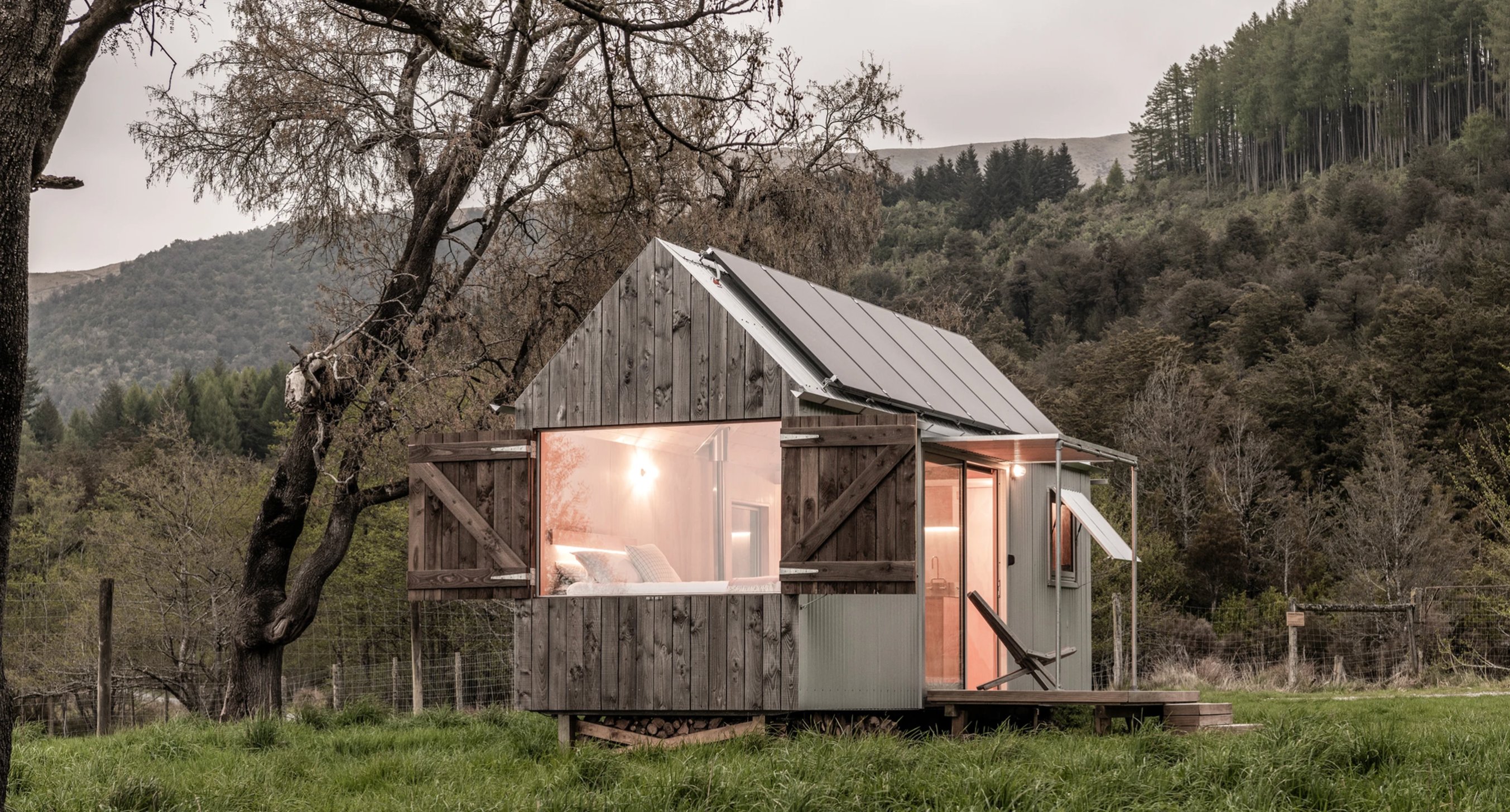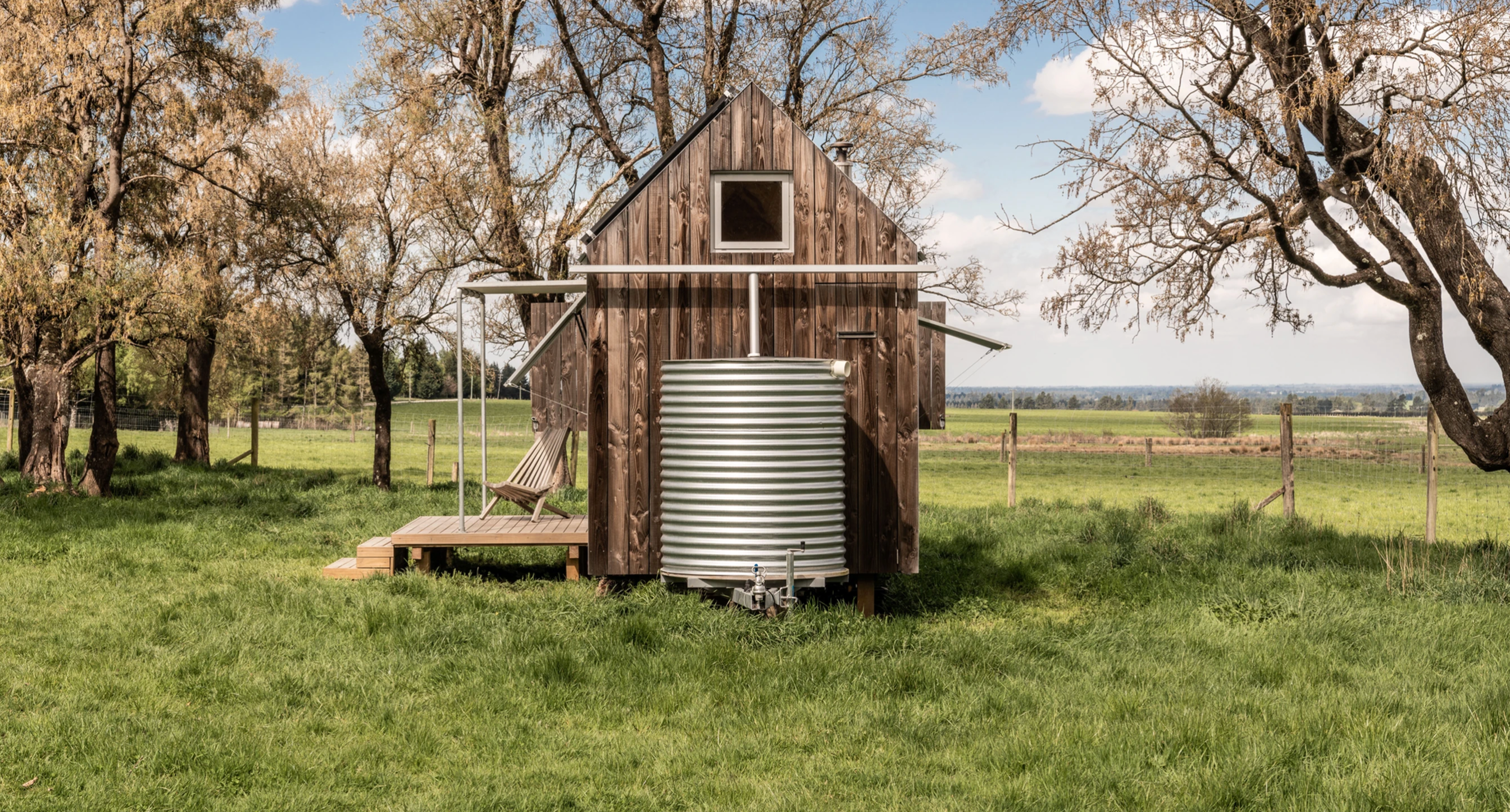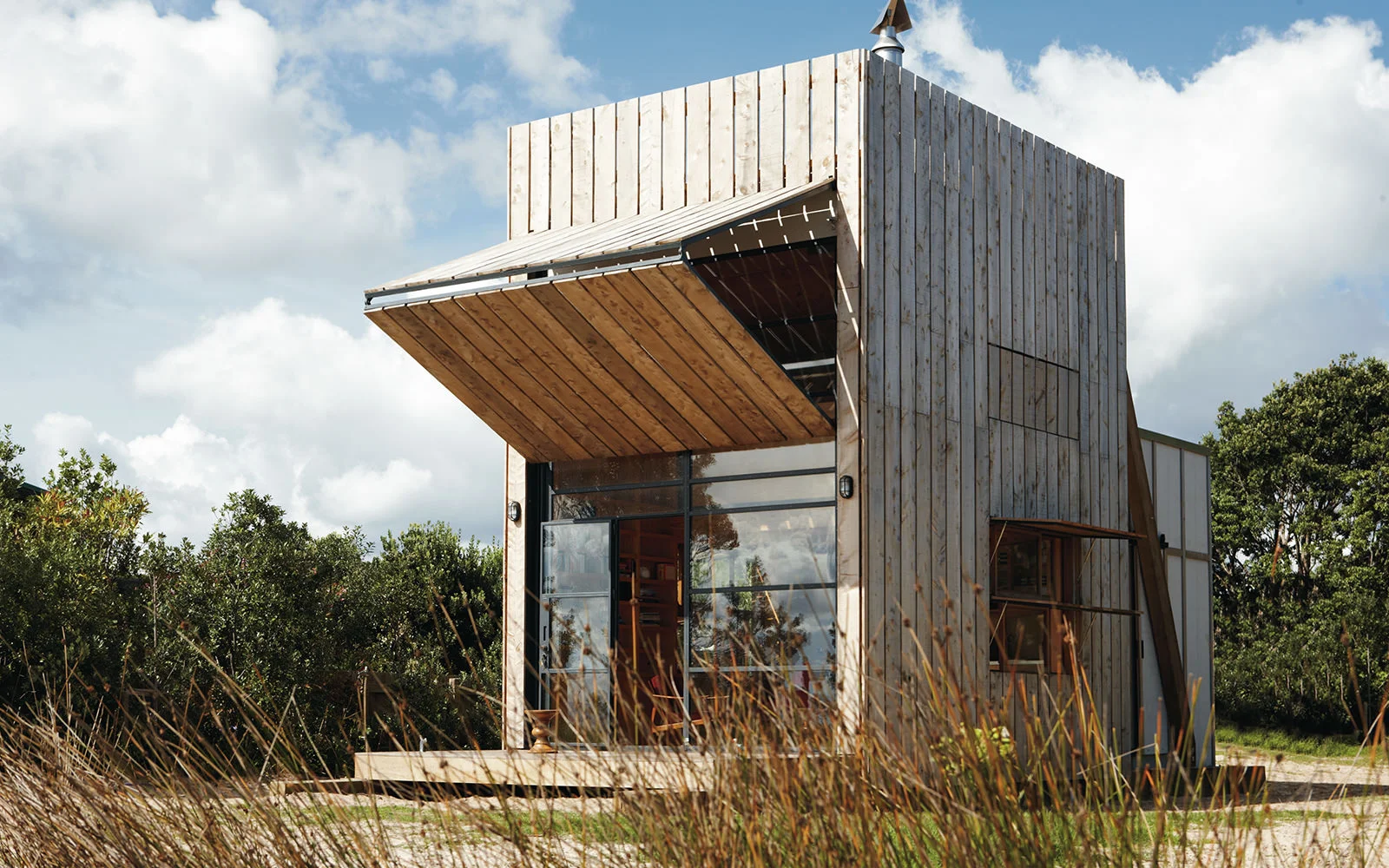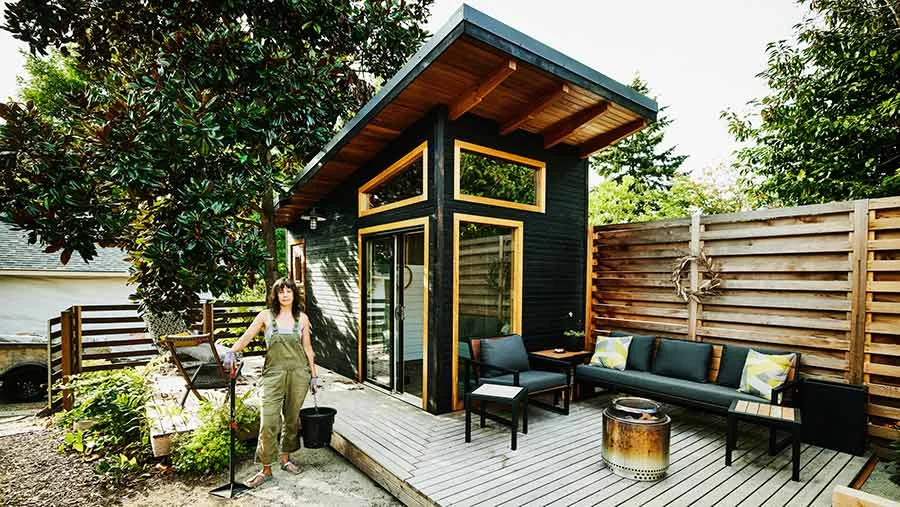Feature article
Sustainable design options for off the grid living
If you’re choosing an off the grid lifestyle, the first consideration will be, what type of dwelling do you require?

If there was a positive to the COVID-19 pandemic, it was that many of us realised our lives were unnecessarily complicated. For most that meant learning to take more time for ourselves and our families. For others it heralded a massive lifestyle change, realising a long-held dream to live ‘off the grid’.
Start small with tiny homes
In most cases, going ‘off the grid’ means going small. These days, the number of options for living small is myriad — container homes, completely bespoke architectural designs like Kereru Retreat, pictured above, prefab homes, sleepouts and even ‘pods’ can all be customised to suit your needs.
If you have your heart set on a tiny home, there are a couple of things to consider. Firstly, a tiny home built on a trailer shouldn’t require a building permit, resource consent or a Geotech survey. If, however, your tiny home is going to be sitting on a more permanent foundation, it may be subject to all of those, so make sure to check local government guidelines in your area.
Off the grid container homes
Container homes are another popular off the grid choice thanks to their adaptability and general affordability. Unlike a tiny home though, most councils will require building consent for a container home and will require you to adhere to the NZ Building Code in relation to foundations, watertightness, and ingress and egress openings.
Many local building companies also offer prefab and modular options, which can be a cost-effective building solution. Prefab and modular homes generally come to site completely fitted out and only require connection to plumbing and power.
While swapping a hectic, urban lifestyle for a more back-to-nature existence sounds ideal, there are further considerations to make before you ‘head bush’.
Firstly, the rules around off the grid living will differ from region to region, so make sure to do your homework as to what council regulations are applicable to you.
Next, and probably most importantly, will be the site you choose. Factors such as orientation, accessible water sources, quality of soil and ability to support livestock are all important.
Kereru Retreat is also available as holiday accommodation, giving people the opportunity to try tiny living off the grid. Image: Stephen Goodenough.
Solar, water and waste: what to consider
Being able to generate and store sufficient solar energy will guarantee your off the grid journey is a successful one. However, solar energy won’t necessarily fulfil all of your energy requirements, so consider supplementing solar energy with a wind turbine, micro-hydro system and/or a generator.
Likewise, ensuring ample water supply is all important. Rainwater collection is a given, however, if it’s going to be your source of drinking water, you’ll need to install a proper filtration system.
Dealing with waste will be another key factor. With some forward planning, this can be managed in a sustainable way. Grey water, which comes from showers, sinks and washing machines, can be easily made suitable for the garden or for reuse in the toilet. Better yet, a composting toilet is an even easier and cost-effective way of dealing with waste.
If you’re unsure about going off the grid or curious about how it all works, it may be worth taking the time to experience this lifestyle first hand. Kereru Retreat, for example, is run as holiday accommodation and could be the perfect way to test out the lifestyle.
Author
Discover More

How Kiwi Live: Dame Sophie Pascoe’s Christchurch Home Blends Family, Accessibility & Design
Far from a museum of medals, Sophie's home is a sanctuary defined by whānau, resilience, and a vibrant open-door policy.
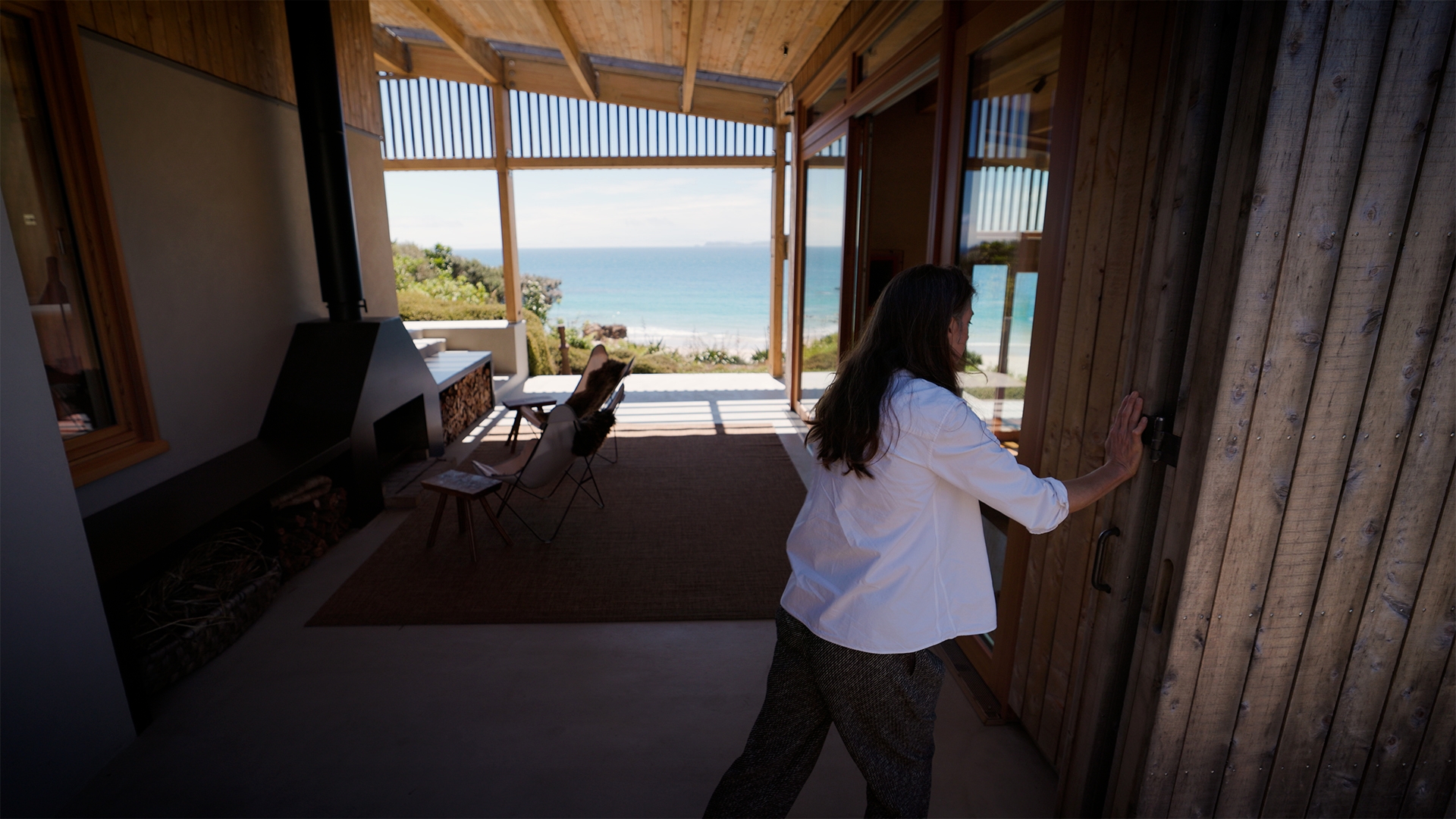
How Kiwi Live: A peek inside interior designer Kristina Pickford’s Otama sanctuary
Kristina Pickford's home is more than a place to live; it's somewhere to connect with friends, whanau, and the land.
Search
Other articles you might like
